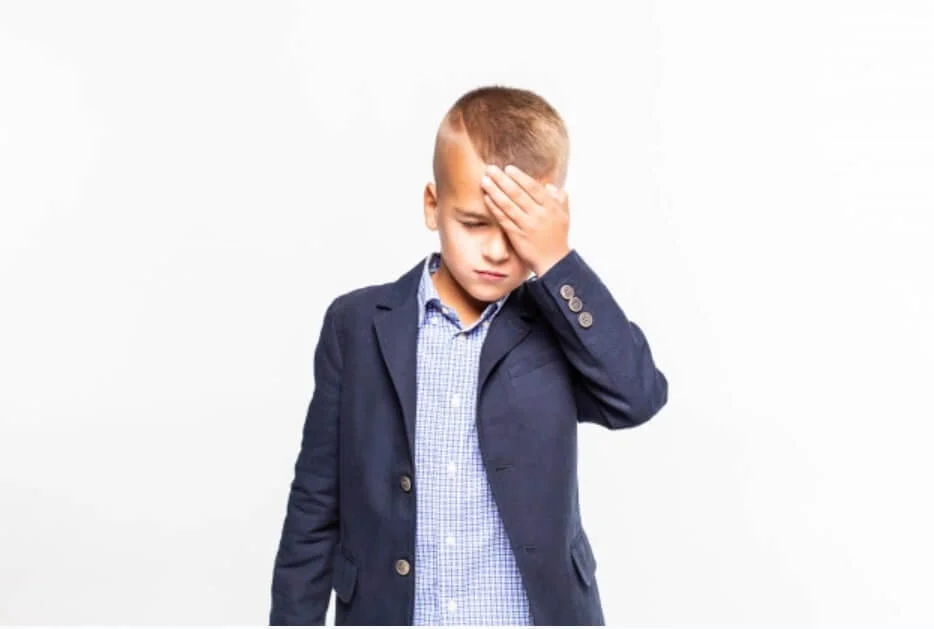When your kid develops more seasoned, yearly tests are urgent to guarantee that their eyes keep on growing typically and recognize any progressions in vision or visual wellbeing.
This is the reason eye specialists suggest that kids have a first far reaching eye test from a half year old enough to guarantee that their eyes are growing regularly. Subsequent to going through this underlying visit, it is prescribed to bring your youngster briefly eye test between ages 3-5, and afterward again before they enter 1st grade.
Specific Eye Problems in Children
Keeping a severe beware of your youngster’s vision is maybe significantly more significant than observing your own, as regularly they can’t or don’t impart that there is anything off-base by any means.
It is particularly significant for small kids who may have been brought into the world with an eye condition or extreme refractive mistake thus have known nothing unique.We see several other eye conditions and diseases that can affect a child’s vision:
1. Squint (strabismus)
Strabismus can be identified as turned eyes, crossed eyes, squint, or lazy eyes. It takes place when the eyes point in different directions. It seems as one eye is straight; the other may point in, out, up, or down.
You can notice it all the time, or it may come and go. This issue may be present at birth or appear later. This vision issue in the turned eye won’t foster regularly in infants and kids with strabismus.
2. Congenital Cataracts
In infants, cataract develops in the first year of life. It is a sort of obfuscating of the eye’s regular focal point and is available upon entering the world.
Be that as it may, since numerous inborn waterfalls are not recognized upon entering the world and are found inside the main year of life, these two names allude to a similar eye illness.. They are commonly used interchangeably by eye specialist doctors.
3. Astigmatism-Farsightedness-Nearsightedness
These three conditions, or refractive errors, are the most common eye problems in children and adults and are often caused by abnormalities in the eye’s surface that prevent light from properly being focused on the retina.
4. Amblyopia
The issue of amblyopia occurs when one eye gets lazy due to not seeing as clear an image as the other.The issues of strabismus, refractive mistake (erroneous centering power), ptosis (sagging eyelid), and waterfall are the most pervasive reasons for amblyopia (blurring or darkness in the focal point).
If left unchecked, it might lead to severe visual loss.
5. Chalazion
This issue often mixes up with style in the early stages of its development. We can define a chalazion (plural: chalazia) as a “small eyelid swelling.” It takes place in children when the glands in either the upper or lower eyelid become blocked.It can cause redness, enlarging, and periodically a discharge like release, continually happening along the edges of the eyelid.
6. Blocked tear duct (epiphora)
The children may have epiphora when the duct that drains tears from the eye to the nose becomes clogged. This issue of hindered tear channels normally clears up all alone following a year.
Still, this doesn’t happen, or the infection becomes a complication. In that case, a minor surgical operation could be a solution because clogged tear ducts aren’t the only reason for moist eyes, so an eye check is necessary.
7. Conjunctivitis
Conjunctivitis is included in one of the most common eye infections and is where the conjunctiva becomes inflamed, provoking redness and irritation. It is a condition that can affect people of all ages but generally is contracted by children more frequently than adults.
It’s infectious, and – as any parent will know – kids will in general spread microorganisms and microbes among themselves more regularly than grown-ups do.
Your child’s vision usually won’t be affected by conjunctivitis, but they may be susceptible to light while suffering from it.
Conclusion
If your child has not reached important developmental milestones or does not seem to see as expected for their age, it is important to schedule an eye exam to rule out any eye health conditions.
FAQs
What are the child’s eye problems symptoms?
Following are the signs that may indicate a child has a vision problem:
- Complaints of discomfort and fatigue.
- Frequent eye rubbing or blinking.
- Short attention span.
- Avoid reading and other close activities.
- Frequent headaches.
- Covering one eye.
- Tilting the head to one side.
- Holding reading materials close to the face.
What are eye muscle problems in childhood?
Strabismus can be inborn or develop during infancy. It’s usually due to a disorder with the muscles that move the eyes, and it runs through families. Most of kids with strabismus are analyzed between the ages of one and four.
What is congenital eye disease?
The unusual improvement of the eye during pregnancy causes intrinsic eye problems. While genetic eye problems may be caused by a gene mutation or prenatal exposure to drugs or alcohol, there is no known reason in many affected children.
Also Read: Dental Clinic in Sharjah
